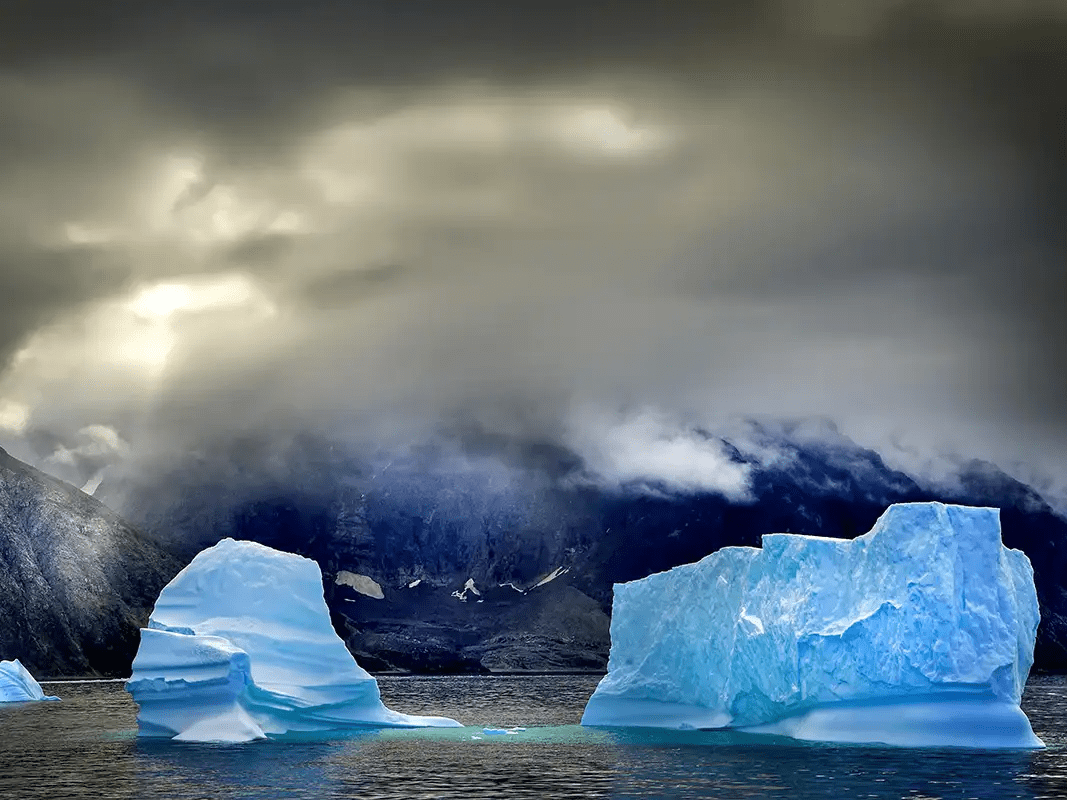The sound of melting is all around us as we arrive on the Stubai glacier in Austria. Today the ice may lose a centimetre or two of depth, because the sun is shining and temperatures are well above zero. As we walk slowly from the ski lift, glaciologist Andrea Fischer warns us to watch out for holes and cracks in the icy mud.





